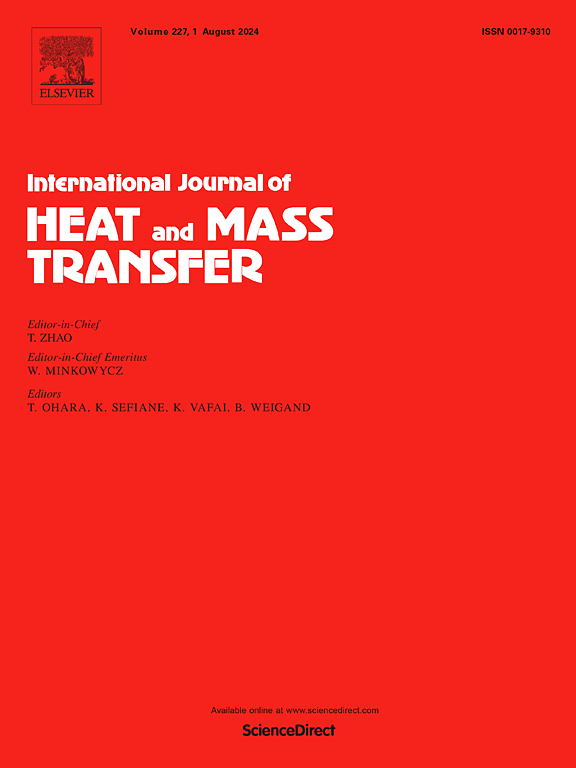Optimization of embedded cooling for hotspots based on compound plate thermal spreading model
Abstract
Heat fluxes of GaN-based high electron mobility transistors (HEMTs) can reach dozens of kilowatts per square centimeter, and the heat is generated only within a small area with feature size of micrometer to millimeter length scales, which poses a huge challenge for thermal management. In this study, an embedded microfluidic cooling solution is proposed to dissipate heat from the hotspots, and thermal test vehicles are fabricated using the Micro-Electro-Mechanical System (MEMS) process. Cooling performances of hotspots with sizes ranging from 40 × 40 μm2 to 500 × 500 μm2 and varying locations are demonstrated. Thermal resistances of the test samples are analysed and the heat transfer coefficient can achieve 1.5 × 105 W/(m2∙K) using embedded microchannel cooling. We propose a compound plate spreading thermal resistance model to demonstrate the effect of the dielectric layer and the size of the heat source on heat dissipating capability of the microfluidic cooling system. Based on the thermal spreading model, when the heat source is small, integrating high thermal conductivity materials near the heat source can reduce its total thermal resistance by two orders of magnitude. By balancing the heat spreading resistance with the convective resistance of microchannel cooling, we find that ∼1 mm can be considered as the critical length for distinguishing the primary thermal management approach for different sized hotspots. This paper provides useful design guidelines for embedded microchannel cooling of devices with localized heat generation patterns, such as HEMT devices.
| 公司名称 | 产品信息 | 采购帮参考价格 |
|---|

 求助内容:
求助内容: 应助结果提醒方式:
应助结果提醒方式:


